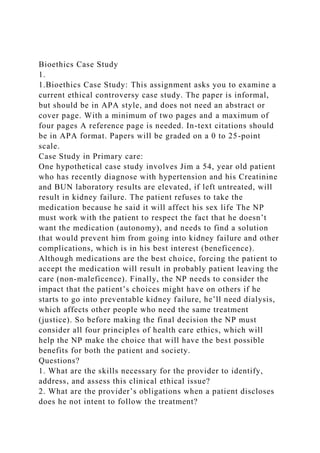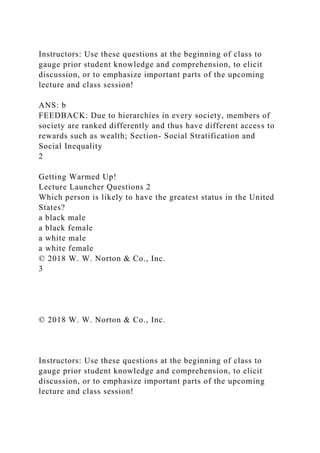The document outlines two assignments in bioethics and social inequalities, including a case study involving a patient named Jim who refuses hypertension medication due to personal concerns, necessitating consideration of healthcare ethics principles such as autonomy and beneficence. Additionally, the social inequalities assignment considers the impact of power and privilege across different societal groups through analysis of a chosen cultural work, requiring connections to sociological concepts and theories. Both assignments emphasize the importance of ethical decision-making and the examination of societal structures influencing individual experiences.












































